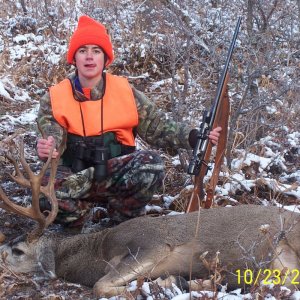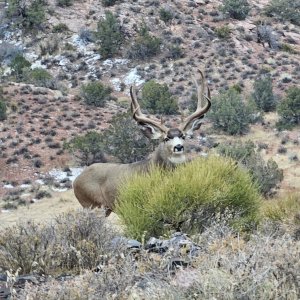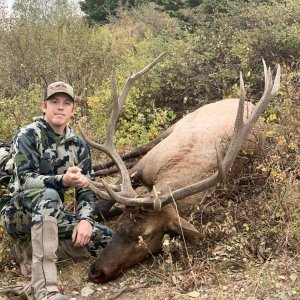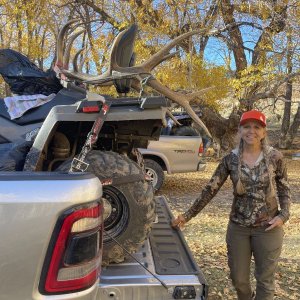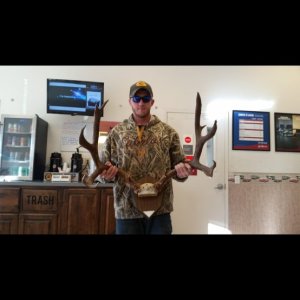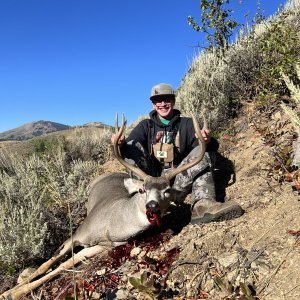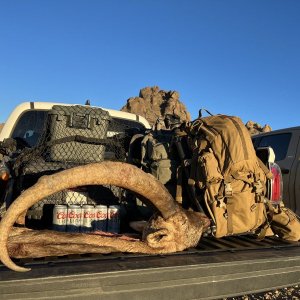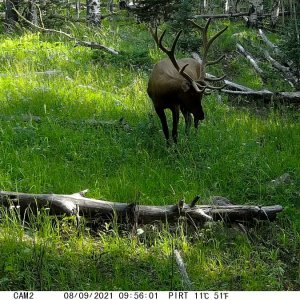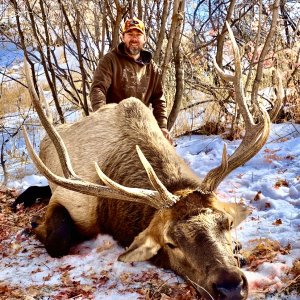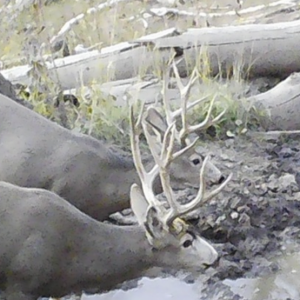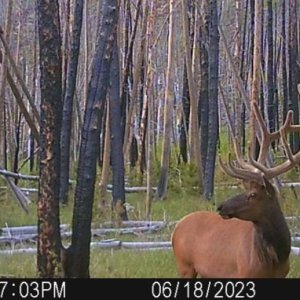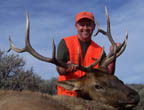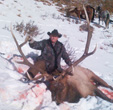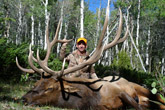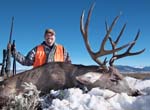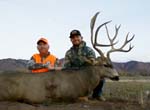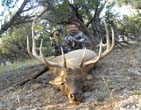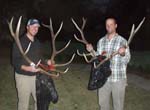CPW News Release
6/13/2018
CPW invites the public to attend two CWD informational meetings, in Meeker and Craig
FOR IMMEDIATE RELEASE
Chronic wasting disease will be the topic of conversation during two upcoming meetings, one in Meeker, the other in Craig
Mike Porras
CPW NW Region PIO
970-255-6162
CPW invites the public to attend two CWD meetings, in Meeker and Craig
MEEKER, Colo. - Chronic wasting disease in Colorado will be the topic of discussion during two public opportunities with CPW's Chronic Wasting Disease Advisory Group. The first in Meeker followed by a second meeting in Craig.
The advisory group - comprised of CPW managers, CPW commissioners and a variety of stakeholders - will present current findings and answer questions about the potential effects the disease may have on local ungulate populations. Although the disease affects deer, elk and moose, CPW has focused on deer due to the higher prevalence in the species.
The first public discussion is scheduled from 7-8:30 p.m., June 26 at the White River Electric Association - Kilowatt Korner, 233 6th Street in Meeker. The following week, the discussion moves to Craig, 7-8:30 p.m., July 2, in Room 185 at Colorado Northwest Community College - Craig Campus, 2801 W 9th Street.
CWD is present in many states. In Colorado, CPW estimates half of the deer herds and about one third of elk herds are affected by chronic wasting disease. The proportion of animals in these herds infected varies across the state, but current science-based estimates indicate higher infection rates in several herds in the northwest part of Colorado.
"CWD continues to be a concern for our agency, and there is much the public needs to know about the current situation," said Area Wildlife Manager Bill de Vergie of Meeker. "The disease is still with us, and will likely continue to be a part of the landscape for the foreseeable future. What that means for hunters and the public is what is up for discussion at these meetings."
Informing the public of the current situation and gathering their input is critical as the agency moves toward forming management goals, said de Vergie
Chronic wasting disease is a fatal neurological disease in ungulates, caused by infectious proteins called prions. CWD affects the brains of infected deer, elk and moose, causing the animals to display abnormal behavior, become uncoordinated and emaciated and eventually die.
"It is not likely we can ever eradicate CWD, so we are focused on keeping it from spreading or increasing in prevalence," said de Vergie. "We are exploring several management options, but what we will do remains to be seen; however, hunters may play a significant role in current and future efforts."
Colorado Parks and Wildlife and the CPW Commission convened the CWD Advisory Group to ensure various stakeholder interests are adequately represented in efforts to address the disease. The goal of the group is to advise CPW in the drafting of the CWD Response Plan by August, 2018, then present a draft plan to the CPW Commission by September.
For more information about CWD, visit the Colorado Parks and Wildlife website.
Who: CPW's Chronic Wasting Disease Advisory Group
What: Public meeting and discussion
When and Where: 7 p.m. June 26, in Meeker, White River Electric Association - Kilowatt Korner, 233 6th Street
When and Where: 7 p.m. July 2, in Craig, Room 185, Colorado Northwest Community College, 2801 West 9th Street
END
CPW is an enterprise agency, relying primarily on license sales, state parks fees and registration fees to support its operations, including: 41 state parks and more than 350 wildlife areas covering approximately 900,000 acres, management of fishing and hunting, wildlife watching, camping, motorized and non-motorized trails, boating and outdoor education. CPW's work contributes approximately $6 billion in total economic impact annually throughout Colorado.
Share
Tweet
Forward
Website
Copyright ? 2018 Colorado Parks and Wildlife, All rights reserved.


